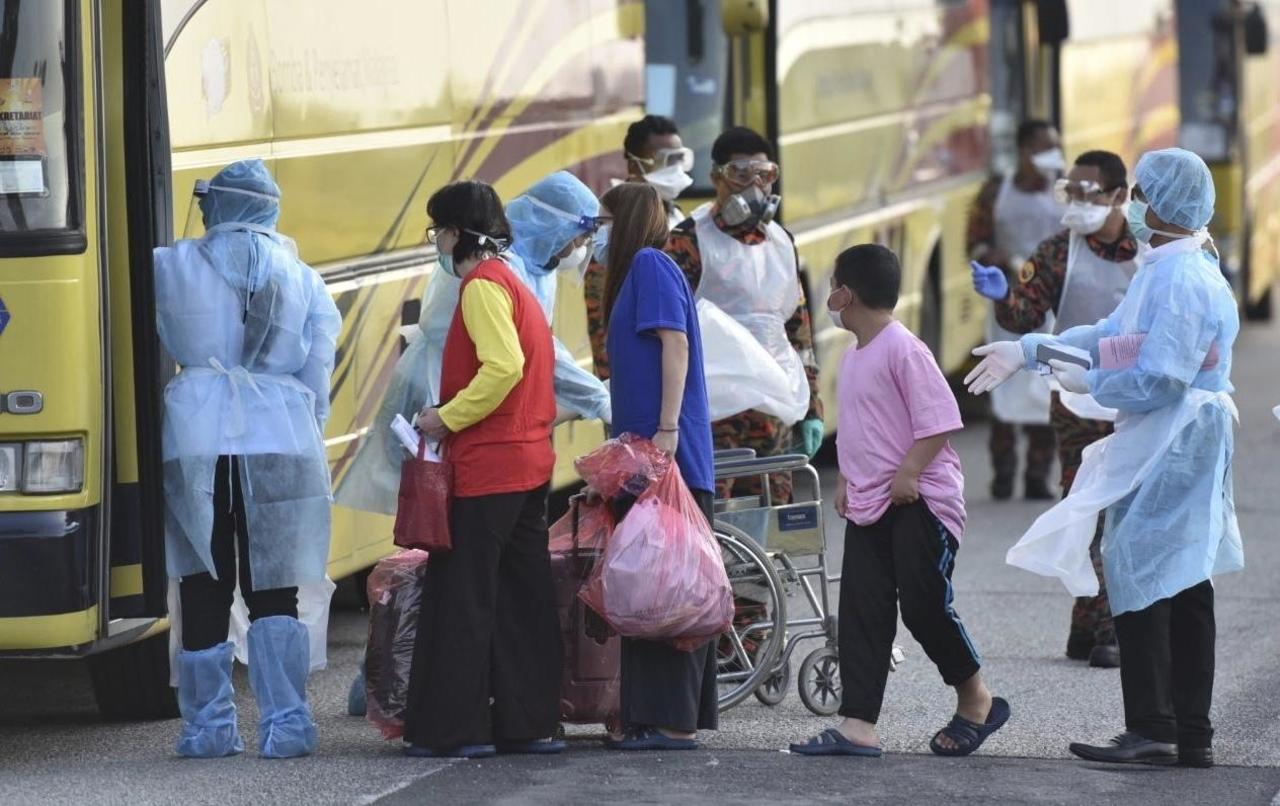Coronavirus
What Is a Coronavirus?
Coronaviruses were first identified in the 1960s, but we don’t know where they come from. They get their name from their crown-like shape. Sometimes, but not often, a coronavirus can infect both animals and humans.
Most coronaviruses spread the same way other cold-causing viruses do: through infected people coughing and sneezing, by touching an infected person’s hands or face, or by touching things such as doorknobs that infected people have touched.
Almost everyone gets a coronavirus infection at least once in their life, most likely as a young child. In the United States, coronaviruses are more common in the fall and winter, but anyone can come down with a coronavirus infection at any time.
Common Symptoms of Coronavirus
The symptoms of most coronaviruses are similar to any other upper respiratory infection, including runny nose, coughing, sore throat, and sometimes a fever. In most cases, you won’t know whether you have a coronavirus or a different cold-causing virus, such as rhinovirus.
What to Do About Coronavirus
There is no vaccine for coronavirus. To help prevent a coronavirus infection, do the same things you do to avoid the common cold:
- Wash your hands thoroughly with soap and warm water or with an alcohol-based hand sanitizer.
- Keep your hands and fingers away from your eyes, nose, and mouth.
- Avoid close contact with people who are infected.
You treat a coronavirus infection the same way you treat a cold:
- Get plenty of rest.
- Drink fluids.
- Take over-the-counter medicine for a sore throat and fever. But don’t give aspirin to children or teens younger than 19; use ibuprofen or acetaminophen instead.
A humidifier or steamy shower can also help ease a sore and scratchy throat.
Even when a coronavirus causes MERS or SARS in other countries, the kind of coronavirus infection common in the U.S. isn’t a serious threat for an otherwise healthy adult. If you get sick, treat your symptoms and contact a doctor if they get worse or don’t go away.

